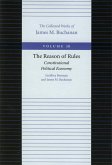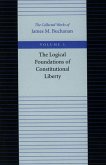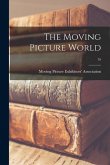Takes a quantitative look at how innovation works both in New Zealand and around the world. The authors show that economic geography plays a key role in determining rates of innovation and productivity. If New Zealand is to grow its economy more rapidly it must overcome geography to build nationwide communities of innovators, entrepreneurs and businesses. It must get off the grass and diversify its economy beyond the primary sector.
Hinweis: Dieser Artikel kann nur an eine deutsche Lieferadresse ausgeliefert werden.
Hinweis: Dieser Artikel kann nur an eine deutsche Lieferadresse ausgeliefert werden.






![Essays on the Devolution of Land Upon the Personal Representative [microform]: and Statutory Powers Relating Thereto, With an Appendix of Statutes Essays on the Devolution of Land Upon the Personal Representative [microform]: and Statutory Powers Relating Thereto, With an Appendix of Statutes](https://bilder.buecher.de/produkte/65/65498/65498400m.jpg)
![Address of Mr. W.J. Gage, President of the Board of Trade, of the City of Toronto [microform]: Delivered at Annual Meeting, January 19, 1911 Address of Mr. W.J. Gage, President of the Board of Trade, of the City of Toronto [microform]: Delivered at Annual Meeting, January 19, 1911](https://bilder.buecher.de/produkte/65/65589/65589879m.jpg)
